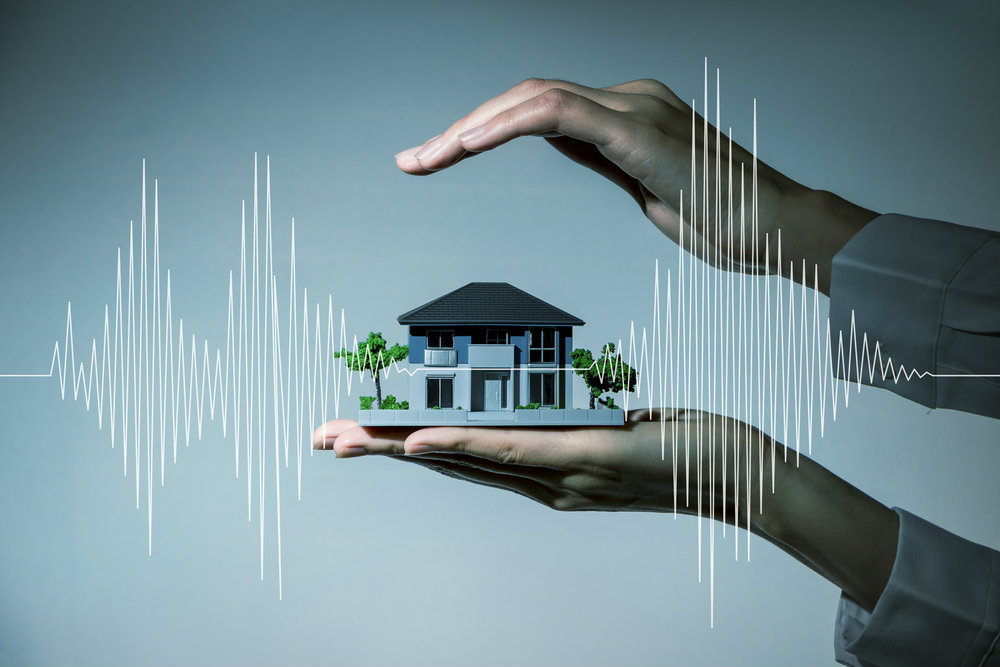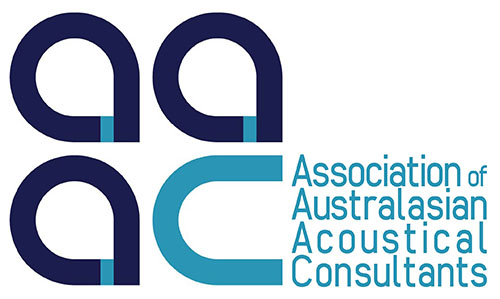What is Floor and Building Vibration?
Vibrations are the oscillatory motions that buildings experience. They are of a given frequency and amplitude. The length of a wave vibration, which is known as frequency, is measured from the start of one point on a wave to the same point on the next wave. Frequency is expressed in Hertz or Hz. The height of a wave vibration, or the amplitude, on the other hand, is measured from the centre line. It is expressed in metres.
Depending on the source of motion, duration, as well as the building’s construction layout, floor vibrations may have negative effects on the building, including being a nuisance to occupants, disturbing sensitive equipment such as MRIs and electron microscopes, and damaging the fixtures, fittings, and structural integrity of the affected building.
Building Vibration Sources
Building vibrations can come from different sources. Below are some of them:
External sources
- Seismic activity
- Subway, road and rail systems
- Industrial metalworking facilities
- Construction equipment
- Wind
Internal Sources
- HVAC equipment
- Elevator and conveyance systems
- Fluid pumping equipment
- Aerobics and exercise rooms
Because vibrations can have a significant impact not only on the building but also on its occupants, building owners are encouraged to engage a vibration consulting service. Vibration consultants will conduct a thorough inspection to determine any vibration-related issue that may arise with the building. After the inspection, they will create a report that can help building owners determine how to solve or at least mitigate any issues.
If you’re looking for an acoustical consultant in the Shoalhaven, Harwood Acoustics is the leading provider with over 15 years of experience. We also cover the Illawarra, the Southern Highlands and Southern Sydney so get in touch with us today.



Recent Comments